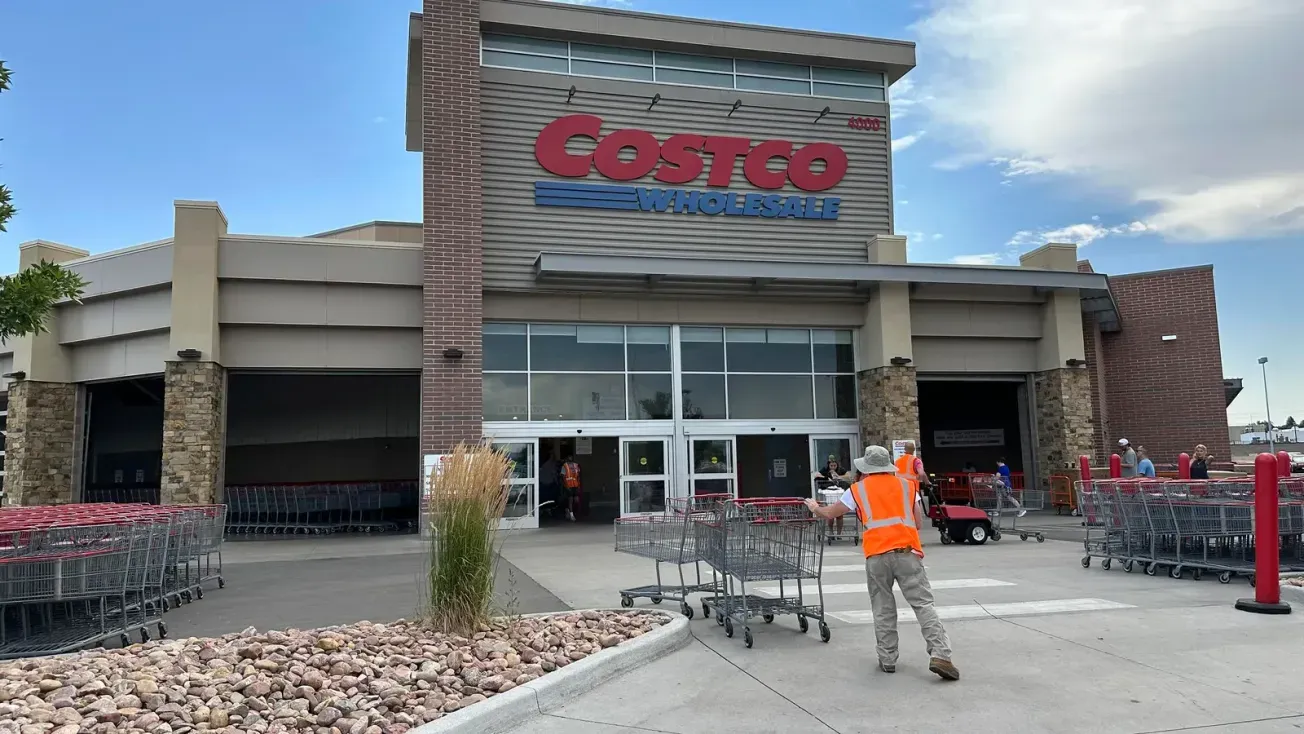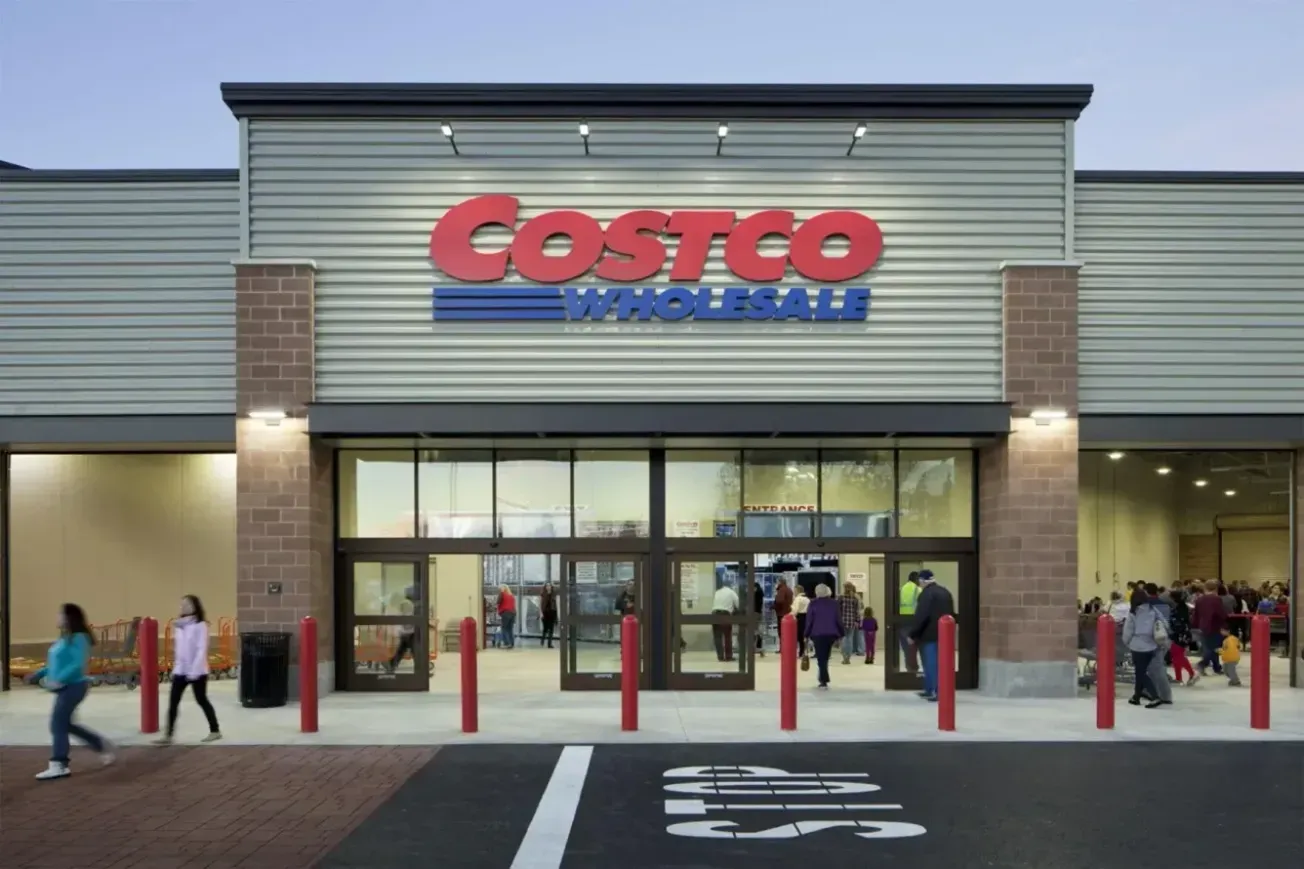NEW YORK – Getting closer to their own customers was key for 41% of retailers when evolving their Retail Media Network (RMN) capabilities, the latest research from ADvendio, the leading omnichannel advertising solution provider, has shown.

Original research of over 50 senior U.S. retailers, spanning ecommerce, marketing and retail media professionals revealed that, despite the sizable revenue opportunities presented by RMNs – tipped to reach $124billion this year – customer connection and engagement proved key motivators for retailers in evolving their RMNs.
Customer connection tops motivations for investing in RMNs
Getting closer to their own customers was the top consideration (41%) for retailers, followed by 39% who wanted to leverage RMNs to enhance CX for existing customers and a further 39% who wanted to use retail media as a new engagement channel for their shopper audiences. This compares to 35% who wanted to use RMNs to drive additional revenue streams.
Samantha Giaver, Head of Growth at ADvendio, commented: “Retailers are riding the crest of the latest digital advertising wave, with RMNs presenting a sizable opportunity for them to drive new revenues from 3rd party brands and advertisers. However, for this to be sustainable and if retail media is to continue to deliver return on ad spend (ROAS) in the long term, retailers will need to remember that the unique selling point (USP) of RMNs is that they open up connections to conversion-ready shoppers. And that relies on these networks not just being made of sizable target audiences, but of retailers’ valued customers, so upholding advertising experiences in shopping journeys delivered through RMNs will be a key consideration.”
Cookie depreciation and diminishing ROI on digital ads prompts RMN investment
Changes in the traditional digital advertising landscape were also accelerating retailers’ perceived need to enhance their RMNs, according to ADvendio’s poll. A fifth (20%) of U.S. retailers pointed to Google’s ‘cookie cull’ and cookie depreciation, which will make it harder to identify, track and engage customers across retailers’ sales channels, as a key driver for their investment in retail media.
Meanwhile, almost half (45%) said they had turned to RMNs as return on investment (ROI) on traditional ad channels or on social media had diminished, and a further quarter (24%) said paid ads on search and social had now become too expensive, prompting them to invest in RMNs.
This strategy seems to be proving effective with a third (33%) of retailers saying they see better engagement rates through RMNs compared to social media ads and 31% getting better conversion rates via retail media compared to paid search campaigns.
Commenting in ADvendio’s latest whitepaper on the U.S. RMN market, Jeffrey Bustos, VP of Measurement Addressability Data at IAB, said: “Growth in retail media will continue and brands will get smarter with their dollars. Brands are starting to seek proof of performance, [which means] we’ll see winners and flat liners [within the RMN space].”
RMN become a ‘linear’ replacement for traditional TV ad budgets
With Insider Intelligence estimating that retail media revenues will overtake TV advertising by 2028, ADvendio’s research of 50 senior U.S. retail executives showed that currently, when it came to targeting traditional ad spend for RMN investment, the majority of retailers (67%) offering RMN services are going after search or PPC budgets.
This was followed by Facebook ad spend and traditional online advertising dollars (both 45%), as well as TV advertising budgets (37%). However, looking ahead 61% of the retailers polled by ADvendio regard in-store retail media advertising as a linear place for traditional TV advertising budgets to go.









